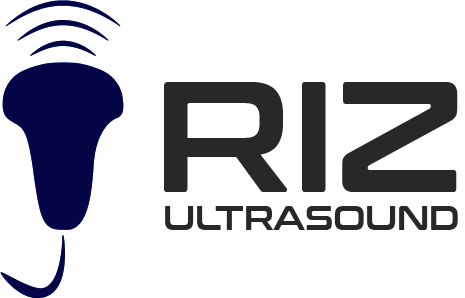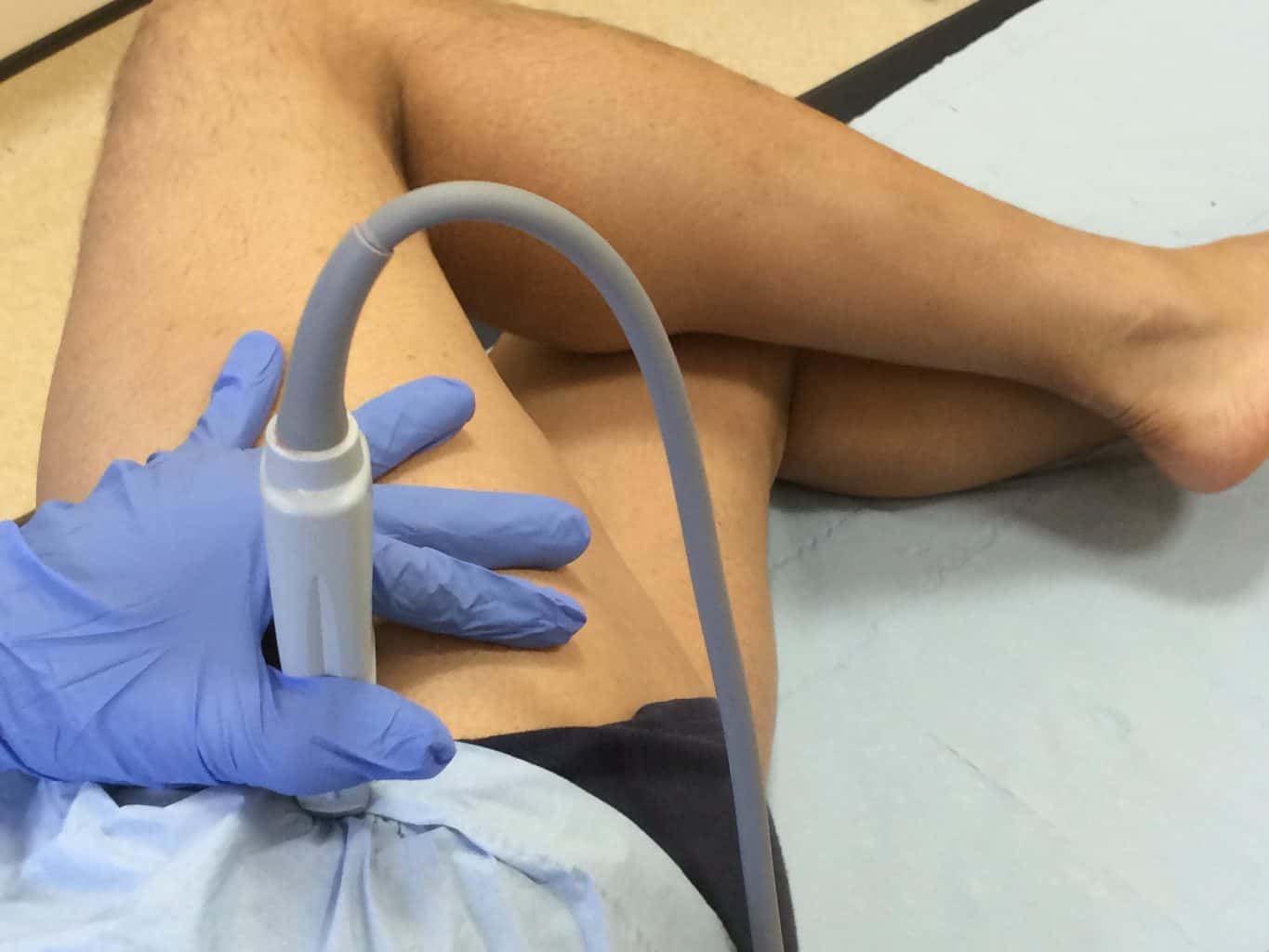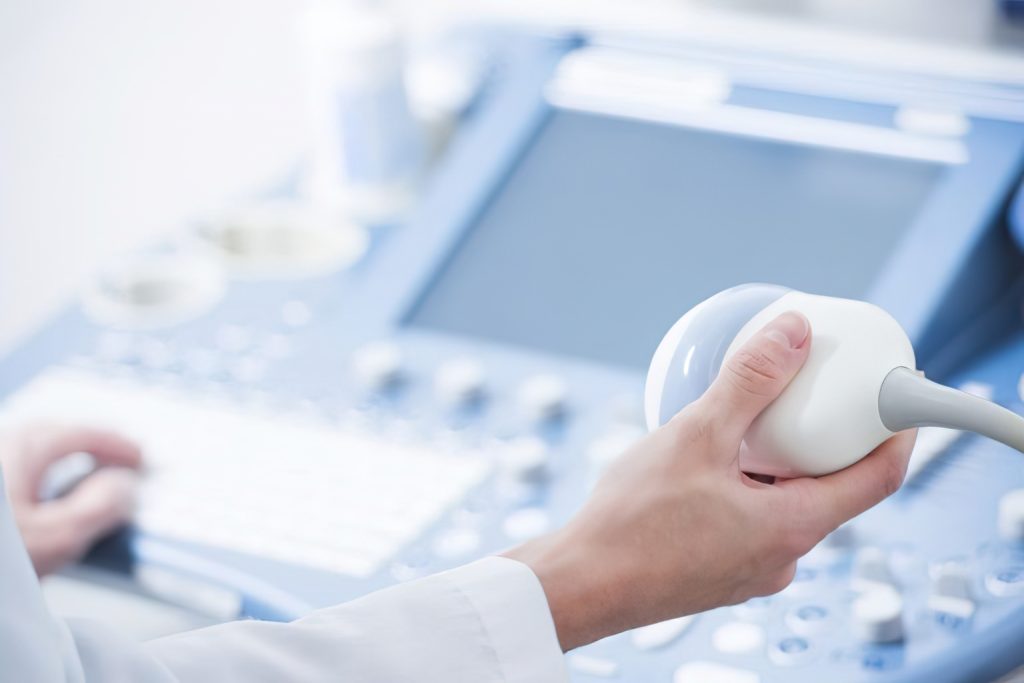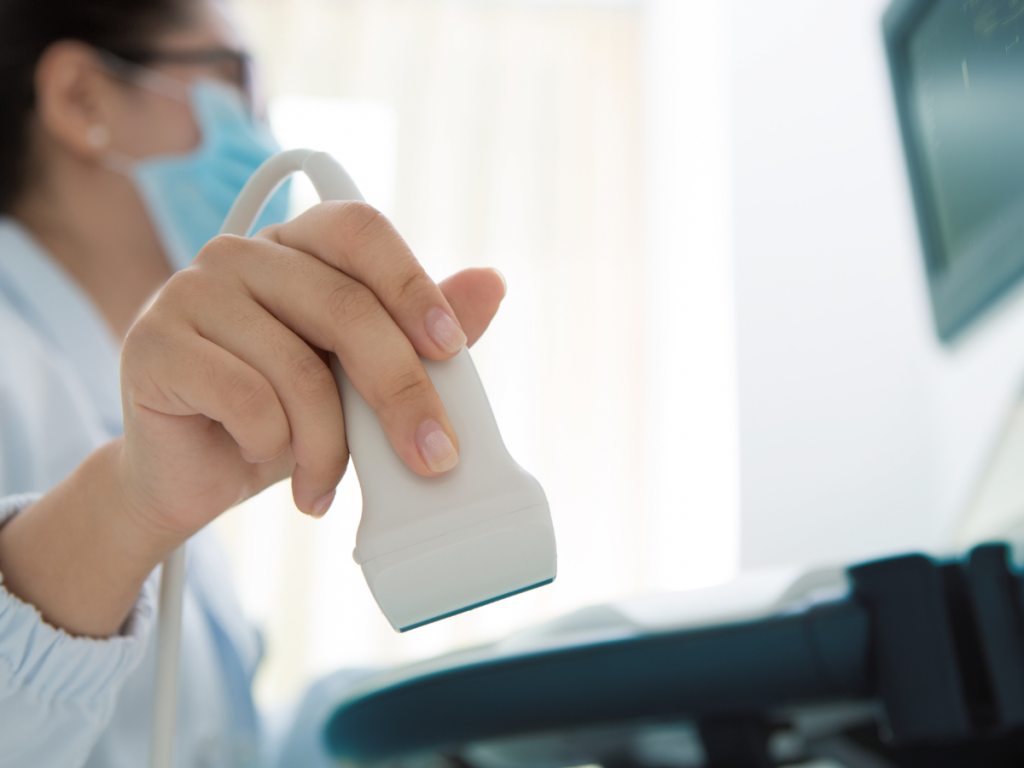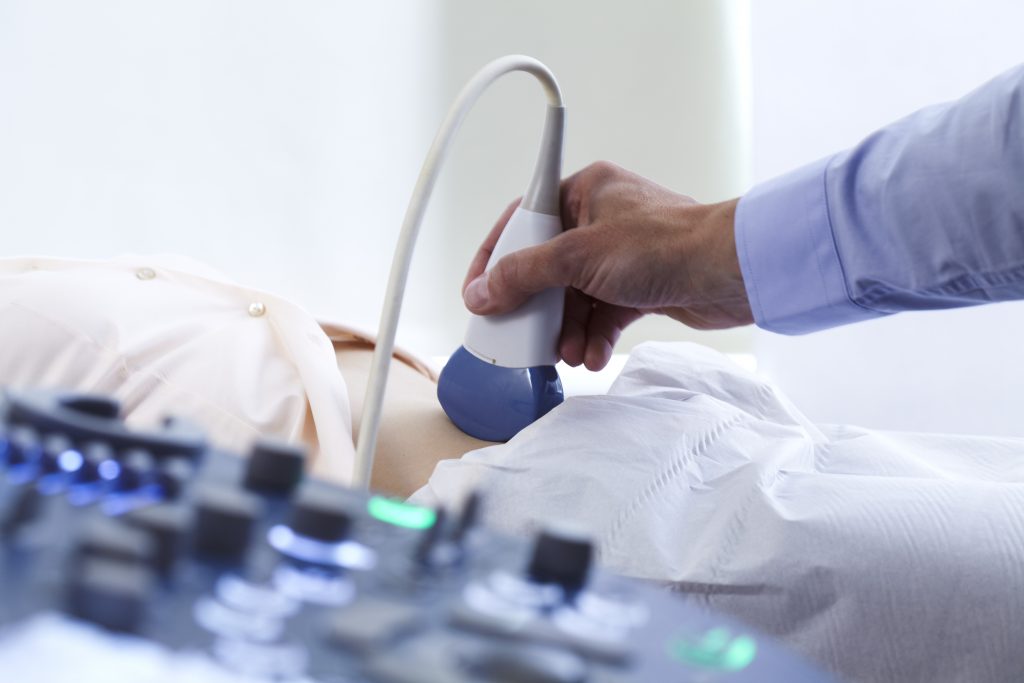A fracture in any part of the body can be painful and bring on severe symptoms. Having a hip fracture is painful and can limit your body movement. It is a break in the upper porting of the femur (thighbone). Older age people are at risk of hip fractures because some bone conditions like osteoporosis weaken their bones. A high-energy event like an accident and falling from a high position can break your hip bone. To detect the fracture, a Hip Ultrasound is beneficial as it helps to diagnose the abnormalities and view the muscles, tendons, and soft tissues. A hip fracture may need different types of treatments. The most common treatments for hip fractures include surgical repair or replacement.
Let’s learn more about hip fracture and how ultrasound helps to diagnose it.
What are the Symptoms of Hip Fracture?
When you have a fall or an accident, the following symptoms can appear:
- Severe pain in the groin or hip area
- Appearance of bruises and swelling around the hip area
- Cause shorter leg on the injured hip side
- Appearance of outward turning of the leg on the injured hip side
- Intolerable to put weight on the leg side of the injured hip
- Find it difficult to get up from an accident or to walk
What are the Potential Causes of a Hip Fracture?
A hip fracture can occur for different reasons. Having a severe impact like a fall from a ladder or from a bike, can break your hip bone. People older than 50 develop weak bones. Sometimes, a deficiency of vitamin D often leads to weak bones. It can affect people who have vitamin D deficiency and cause weak bones. Having weak bones puts you at high risk of bone fracture. A simple standing position and a twisting leg can cause a hip fracture. Prolonged use of certain medicines for osteoporosis can also lead to stress fractures in the subtrochanteric region.
What are the Risk Factors of Hip Fracture?
The following risk factors can put you at high risk of hip fracture:
Aging
It is a fact that aging decreases bone density and muscle mass. It becomes difficult to keep balance for older people which increases the risk of falls. Women are more likely to experience hip fractures than men because they lose bone density faster than men.
Medicines
The use of medicines to treat a chronic condition can also lead to weak bones. Different combinations of medicines can cause laziness and dizziness that increase the chance of falls. It affects older people as they find it difficult to balance their position after taking medicines with sedative effects.
Nutrition
When you eat food with low vitamin D and calcium, it increases the chance of weak bones. Your bones require calcium and vitamin D in your daily diet plan which can help to maintain bone density. People who are underweight can also increase the risk of weak bones.
Medical Conditions
Developing certain conditions weakens your bones. These conditions include thyroid problems, issues with balancing position, osteoporosis, intestinal disorders, etc. Intestinal disorders reduce the vitamin D and calcium absorption levels that weaken your bones. Parkinson’s disease and peripheral neuropathy can affect the body’s balance ability and increase the risk of falls.
Unhealthy Lifestyle Choices
People who are not physically active are more likely to develop weak bones and muscles. It increases the chance of fractures and falls. Intake of unhealthy drinks can also cause bone density loss.
What are the Possible Complications Caused by Hip Fracture?
Having a hip fracture can limit your body movement and reduce independence. It increases the risk of dependency and may lead to complete bed rest. Such a condition causes more health complications, such as bedsores, pneumonia, further loss of muscle mass, blood clots in the lungs or legs, etc.
How A Hip Ultrasound Is Performed?
An ultrasound is an imaging test that uses sound waves to get detailed images. When you have a fall or pain in your hip, your doctors perform an ultrasound to view the surrounding area of the hip area. An ultrasound is also useful to monitor the healing process of a bone. Performing an ultrasound can help to diagnose occult adult fractures that conventional radiographs do not show. According to NCBI, hip ultrasound helps to view hip joints, tendons, and periarticular structures which are often caused by multiple disorders, such as developmental, congenital, infectious, arthritic, etc.
A probe is used to send the sound waves inside the skin. Before sonography, technicians apply gel on the skin as it prevents air exposure, which gives more effective results. Doctors use a combination of imaging tests to detect the hip fracture and the surrounding soft tissues.
The Bottom Line
If you experience severe pain after a fall or find it difficult to move, get medical help. Older people need to be careful as they have weak bones and need to do activities that increase the risk of falls. Intake of nutrition rich in vitamin D and calcium can prevent the loss of bone density and keep your bones strong. Having a fall from a height like a ladder or a bike can lead to hip bone fracture. Performing a hip ultrasound with other imaging tests helps doctors to confirm bone health. RIZ Ultrasound offers quality services of Private Hip Ultrasound in Glasgow. You can schedule your appointment and our team of experts use advanced equipment to provide effective imaging results.
